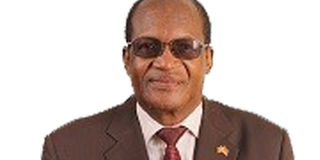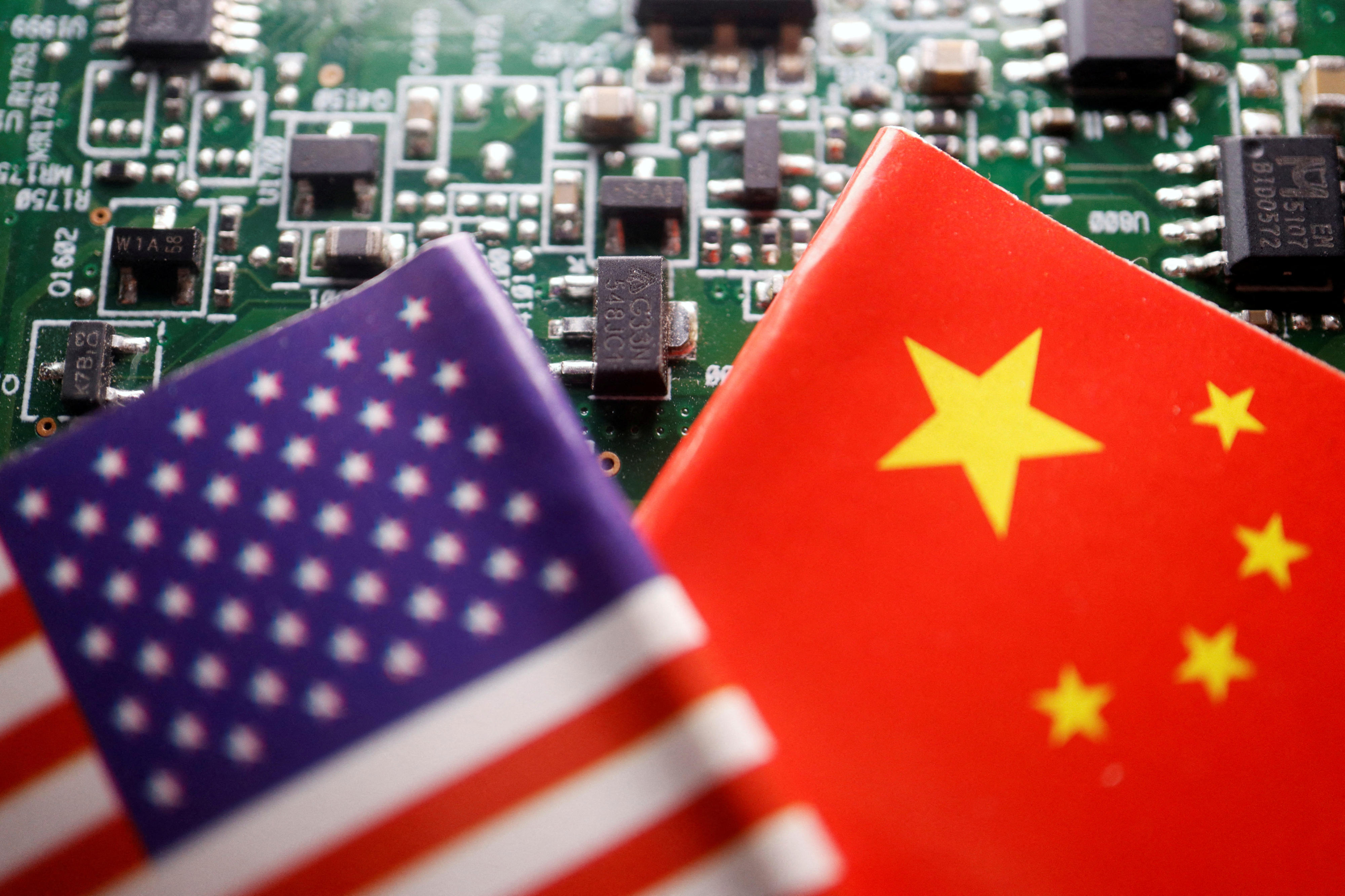Similarities between Mao Zedong’s Long March and Africa Kwetu

What you need to know:
- Similarity. The ‘Long March’ gave Mao Zedong a strong grasp on leadership that ended with his emergence as the undisputed CPC leader. That’s exactly what President Museveni probably hopes to achieve.
Memoria technika ain’t always meaningful because it awakens negative memories that should best be forgotten. Awakening the spirits of the killing fields of Luweero for whatever reason won’t help.
The spectacle reveals a “present” that until recently hadn’t economically compensated the difficulties the Luweero Triangle inhabitants endured during the protracted War of Liberation.
National Resistance Movement (NRM) mobilisers blaspheme when they baptise it ‘their Mecca’.
Birembo, the hyped rendezvous of the trek, is part of its heartland which has been ignored for a whopping 34 years! To understand what drives the leader of the trek, an enthusiast of military history and whose name precedes him, a digression into history is necessary. Samuel Butler was right when he said, “although God cannot alter the past historians can; and it is because they can be useful to Him in this respect that He tolerates their existence”.
I don’t know about his being a superhuman, as Mwesigwa Rukutana stated after being appointed a minister, but I know that nobility and altruism apart, President Museveni has lived up to the expectations of his eponymous name; a fighter, milito-politician who triangulates political strategy with military precision and an unrelenting struggler throughout his adult life!
There is a lot more in a name than Shakespeare would’ve appreciated. Gen Museveni’s political career has been consistent with the struggles of the 7th Battalion over the diverse terrain on which the decisive battles of World War II were fought.
The Museveni name is pregnant with the military conquests of the Baseveni [plural for Museveni] which the ex-servicemen who struggled through the jungles of Burma, the trenches of Abyssinia and sand dunes of North Africa where Gen Montgomery battled Gen Rommel’s ‘Afrika Korps’ before advancing to Eastern Africa where Brig Messervy routed Marshal Graziani’s forces from the Dologorodoc Heights at Keren, were called when they returned from World War II.
The contagion of the example of Mao Zedong’s ‘Long March’ [October 1934-October 1935] seems to have influenced or given inspiration to his protracted struggle, phases of which he has been narrating as he recreates the Galamba-Birembo trek.
As he narrates in his speeches and Sowing the Mustard Seed, like the World War II veterans, he has throughout his adult life seemingly been trapped in the blind alleys of war and armed struggle.
There’re strikingly curious similarities between the Galamba-Birembo trek and the ‘Long March’ though; a military retreat by the CPC revolutionaries to relocate from South-eastern to North-western China to evade the Kuomintang pursuers.
But you can bet, he isn’t beating the retreat yet; he’s entrenching. The ‘Long March’ gave Mao Zedong a strong grasp on leadership that ended with his emergence as the undisputed CPC leader. That’s exactly what President Museveni probably hopes to achieve.
The leaders of the Long March were divided and demoralised but the exigencies they encountered helped to resolve them in the same way Mr Museveni too encountered opposition from rival fighting groups UFM and FEDEMU. Like Museveni, Zedong strictly emphasised discipline.
The dedication of the compatriots of both leaders which the rigour of difficulties created enabled them transform their rag-tag guerrilla outfits into effective fighting forces that captured power and are now formidable professional armies in the regions they’re located.
Mr Baligidde teaches at Uganda Martyrs University




